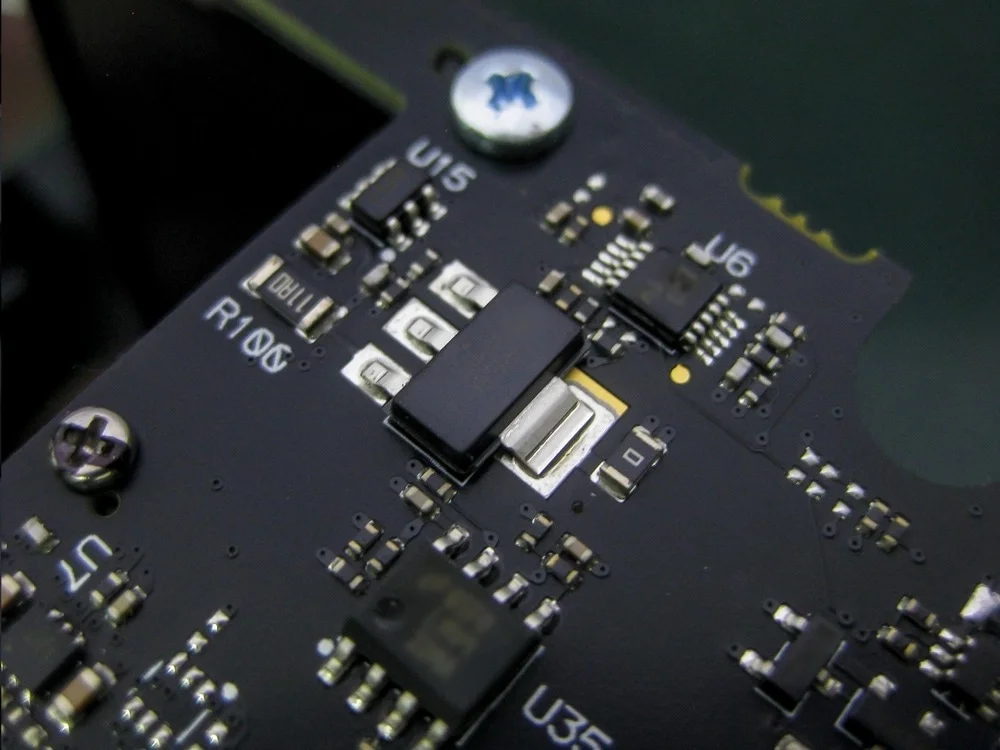
N-channel enhancement mode field-effect transistors, commonly referred to as N-channel FETs, are a fundamental component in modern electronics and are widely used in various applications due to their high input impedance, low output impedance, and fast switching speeds. These transistors play a critical role in amplification, switching, and voltage regulation circuits. Here's a detailed overview of N-channel enhancement mode field-effect transistors and their significance in electronic devices.
Structure and Operation:
N-channel enhancement mode FETs are composed of a semiconductor material, typically silicon, with three terminals: the source, the drain, and the gate. The flow of current between the source and drain is controlled by the voltage applied to the gate. When a positive voltage is applied to the gate relative to the source, it creates an electric field that attracts free charge carriers, allowing current to flow between the source and drain terminals. This property enables the N-channel FET to act as a voltage-controlled switch or amplifier.
Applications of N-channelenhancement mode field effect transistors
N-channel enhancement mode FETs find extensive use in a wide range of electronic circuits, including audio amplifiers, power supplies, motor control, and digital logic circuits. Their high input impedance makes them suitable for applications where signal amplification or high-speed switching is required. In power electronics, N-channel FETs are often used in switch-mode power supplies, motor drives, and voltage regulation circuits due to their low ON-state resistance and high efficiency.
Advantages of N-channelenhancement mode field effect transistors
One of the key advantages of N-channel enhancement mode FETs is their ability to operate with very low input currents, making them suitable for high-impedance input circuits. They also exhibit fast switching speeds, which is essential for digital logic circuits and high-frequency applications. Additionally, N-channel FETs have low ON-state resistance, leading to reduced power dissipation and improved efficiency in power electronics applications.
Significance in Modern Electronics:
The widespread adoption of N-channel enhancement mode FETs has significantly contributed to advancements in electronic devices and systems. Their integration into integrated circuits has enabled the development of high-performance microprocessors, memory chips, and communication devices. In addition, N-channel FETs have played a crucial role in the miniaturization and power efficiency of electronic devices, driving innovations in consumer electronics, telecommunications, automotive systems, and industrial automation.
Future Developments:
As technology continues to evolve, ongoing research and development efforts are focused on enhancing the performance and miniaturization of N-channel enhancement mode FETs. Innovations in material science, device fabrication techniques, and packaging technologies aim to further improve the efficiency, reliability, and switching speed of these transistors. Additionally, the integration of N-channel FETs into emerging technologies such as electric vehicles, renewable energy systems, and wireless communication networks is expected to drive further advancements in their design and application.

In conclusion, N-channel enhancement mode field-effect transistors are integral components in modern electronic circuits, enabling high-speed switching, efficient power management, and signal amplification. Their significance in electronic devices and systems underscores the importance of ongoing research and development efforts to advance their performance and expand their applications in emerging technologies.

 English
English






